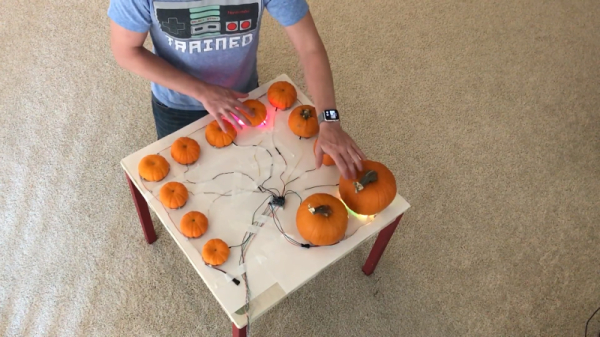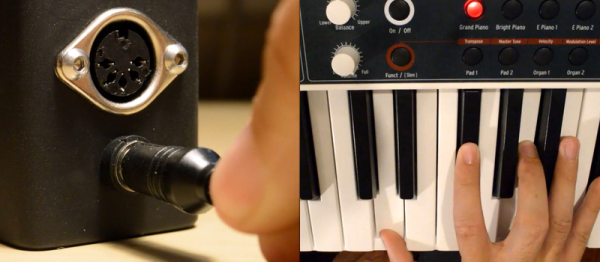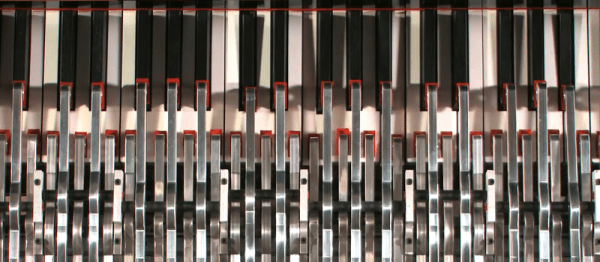The 555 timer is one of that special club of integrated circuits that has achieved silicon immortality. Despite its advanced age and having had its functionality replicated and superceded in almost every way, it remains in production and is still extremely popular because it’s simply so useful. If you are of A Certain Age a 555 might well have been the first integrated circuit you touched, and in turn there is a very good chance that your project with it would have been a simple electric organ.
If you’d like to relive that project, perhaps [Alexander Ryzhkov] has the answer with his 555 piano. It’s an entry in our coin cell challenge, and thus uses a CMOS low voltage 555 rather than the power-hungry original, but it’s every bit the classic 555 oscillator with a switchable resistor ladder you know and love.
Physically the piano is a tiny PCB with surface-mount components and physical buttons rather than the stylus organs of yore, but as you can see in the video below the break it remains playable. We said it was tiny, but some might also use tinny.

















